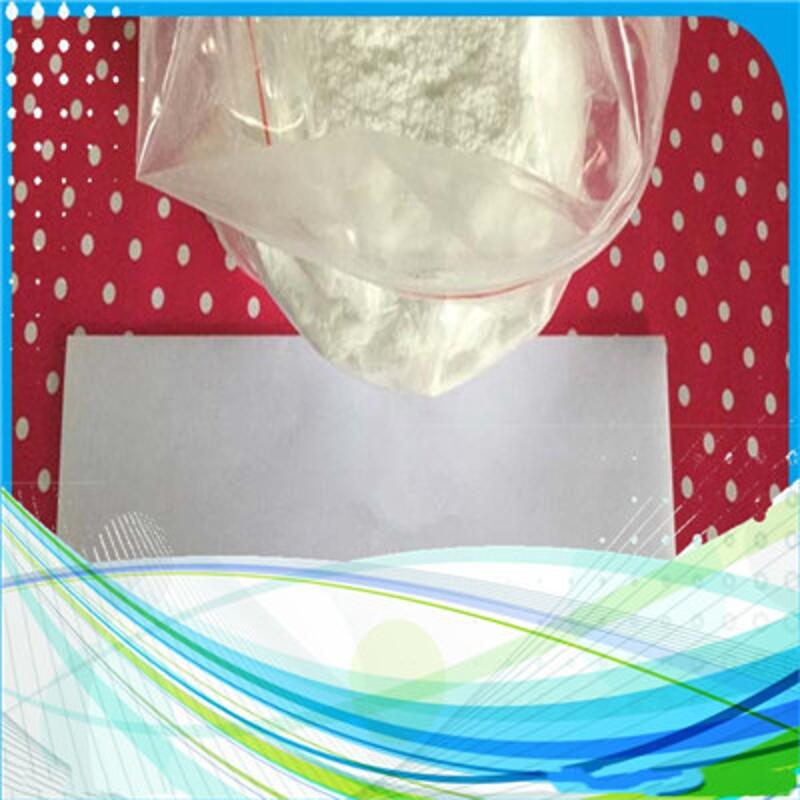-
Categories
-
Pharmaceutical Intermediates
-
Active Pharmaceutical Ingredients
-
Food Additives
- Industrial Coatings
- Agrochemicals
- Dyes and Pigments
- Surfactant
- Flavors and Fragrances
- Chemical Reagents
- Catalyst and Auxiliary
- Natural Products
- Inorganic Chemistry
-
Organic Chemistry
-
Biochemical Engineering
- Analytical Chemistry
-
Cosmetic Ingredient
- Water Treatment Chemical
-
Pharmaceutical Intermediates
Promotion
ECHEMI Mall
Wholesale
Weekly Price
Exhibition
News
-
Trade Service
Glucosamine (glucosamine) is an important functional monosaccharide that is widely used in industries such as food.
with the aging of the population, the increase of sports population and the wider application of ammonia, the demand for ammonia continues to rise.
traditional method of producing ammonia, the crustacean hydrolysis method is seriously polluted and easy to cause allergic reactions, and the fermentation method causes the fermentation product to be acetaminophen due to the inhibition of the growth of the strain of ammonia, which needs further acidification or enzymatic solution to obtain ammonia sugar.
, it is urgent to develop a new way of producing green, efficient and one-step ammonia sugar.
recently, a research team led by Yu Yu, a researcher at the Center for Instrophysics Biology of the Tianjin Institute of Industrial Biotechnology of the Chinese Academy of Sciences, developed a new bio-manufacturing platform for the production of ammonia using an in-body polyenzyme system.
The multienzyme catalytic path converts starch and inorminated ammonia step-by-step method into ammonia by cascading catalysis of 5 core enzymes, and improves the yield and substrate conversion rate of ammonia by using the methods of path design, enzyme component mining, calculation simulation and reaction condition optimization.
at the low substrate concentration of 10g/L starch, catalytic production of 7.2g/L ammonia sugar, substrate molar conversion rate reached 69.1%, in the case of 50g/L starch high substrate concentration, catalytic production of 23.7g/L ammonia, substrate molar conversion rate of 47.7%.
the study created a new ammonia bio-transformation platform with high product yield, environment-friendly and easy system amplification, which is conducive to promoting the technological upgrading and scale-up of ammonia sugar and related industries.
the study was published in ACS Catalysis.
Dongdong, an associate researcher at Tianjin Industrial Biology Institute, is the first author of the thesis and Yu Yu is the first author of the paper.
research has been supported by the National Natural Science Foundation of China and the Tianjin Municipal Synthetic Biotechnology Innovation Initiative.







